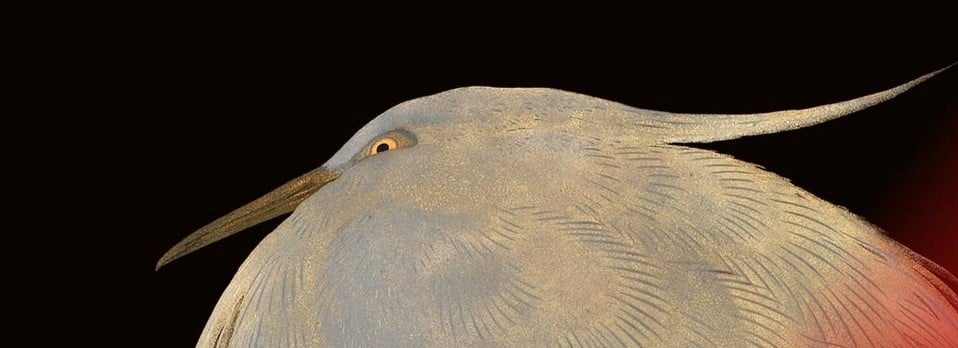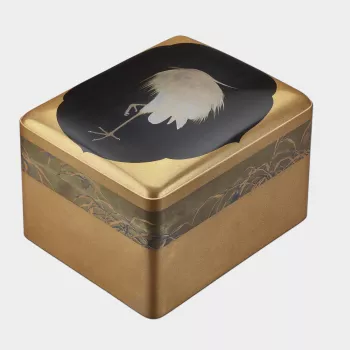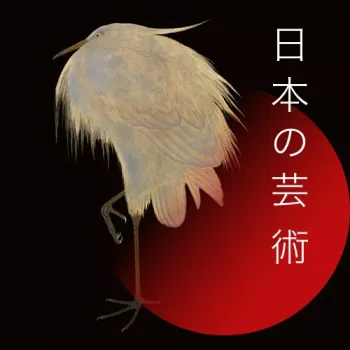
Royal Tattoos
As well as bringing home examples of Japanese design, many of the earliest royal visitors to Japan acquired a more permanent souvenir – tattoos.
Tattooing developed in Japan during the Edo period (1615–1868) and reached new heights of sophistication in the nineteenth century. By the time the country opened to the West in the 1850s, it had become an elaborate art form. The finest tattooists were often also woodblock print artists, who repeated dramatic motifs of deities and animals across their work.
Japanese tattoos quickly became popular among sailors and other foreign visitors to Japan. Despite this, the new Meiji regime considered tattooing ‘uncivilised’ and detrimental to modernising reforms. Prohibitions on tattooing were issued in 1872, 1880 and 1908. Exceptions were sometimes made for foreigners.
The first royal tattoo
The first member of the British Royal Family to be tattooed in Japan was Prince Alfred, Duke of Edinburgh. In 1869 he received at his guesthouse in Tokyo an artist, who tattooed his right arm with a writhing dragon. The only recorded image of the design is an 1873 print which shows the prince in shirtsleeves for a game of bowling.
Dragons were a popular subject among Japanese ink-painters and tattooists. Said to control thunder and rain, they were also a powerful symbol of the East, and often paired with a prowling tiger representing the West.
Nearly every body on board has been tattooed…
Young sailors
Teenage princes Albert Victor and George of Wales were tattooed during their visit to Japan as naval cadets in 1881. Like most of the crew aboard their ship, HMS Bacchante, they were visited by tattooists on several occasions.
In his diary, Prince George (later King George V) described meeting an artist who could complete ‘a large dragon in blue and red writhing all down the arm in about three hours’. This was probably Karakusa Gonta, the finest tattooist of the time, who came to the princes’ guesthouse in Tokyo. Although the ink was applied with ‘many very minute needles’, wrote Prince George, ‘we did not find the pricking hurt at all, but this varies with different people’.
In Kyoto, Prince Albert Victor was tattooed with a dancing crane on his upper arm, while Prince George received a tiger.
The activity was no secret, and was reported in both the Japanese and British press. To help readers understand this ‘curious’ process, the Illustrated London News even included a sketch of a ‘professional skin-marker’ at work. The prince’s tutor, Reverend John Dalton, meanwhile wrote to their father, the Prince of Wales (who himself had been tattooed in Jerusalem), to describe the designs.
God of fire
In 1906, 23-year-old Prince Arthur of Connaught was tattooed during a visit to present the Order of the Garter to the Emperor Meiji. At his hotel, he received the tattooist Hori Uno, who produced an image for him of Fudō Myō-ō (the ‘god of fire’).
Fudō was among of the most popular Buddhist deities in Japan and often appears with a flaming sword, defending the faithful against evil forces. His image is widely reproduced across temple paintings and sculpture.
My chief disappointment is not being able to get tattooed in Japan; but it seems it’s been made illegal…
Edward, Prince of Wales (later King Edward VIII) hoped to be tattooed during his visit to Japan in 1922. However, government restrictions prevented him doing so. ‘Under these conditions’, he wrote to his father, King George V, ‘I’ve left it severely alone!!’









